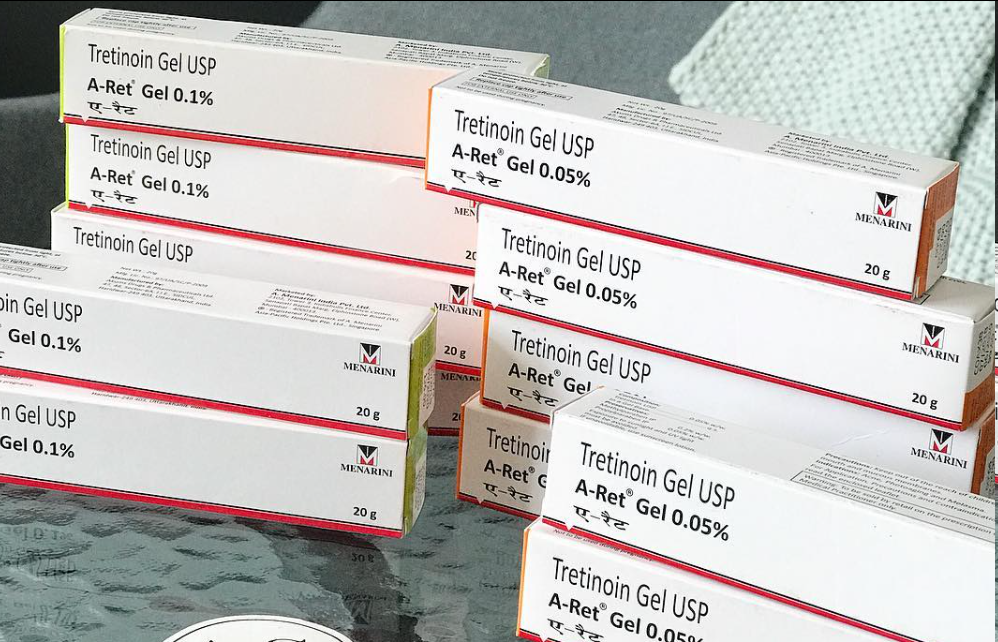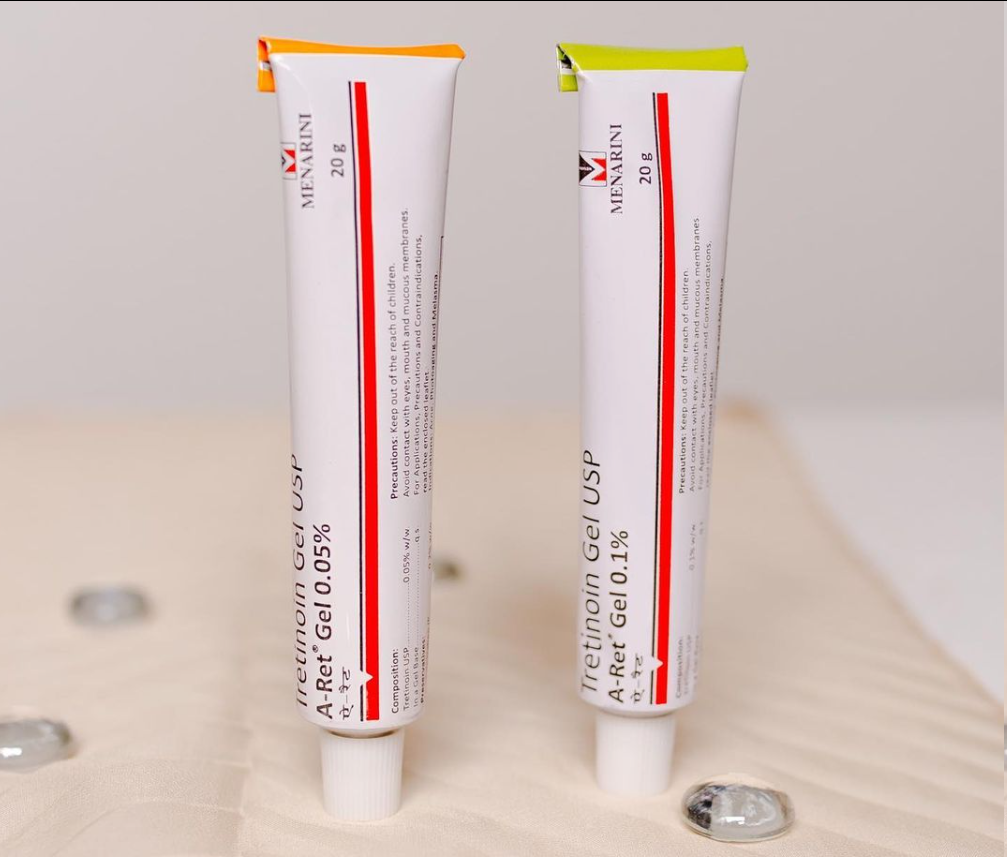If you’re delving into the world of skincare treatments, chances are you’ve encountered discussions around tretinoin – a powerful derivative of Vitamin A, predominantly used for acne and anti-aging. But with tretinoin, it’s not just about what it does, but how it’s formulated. The two common forms, a gel and a cream, cater to different skin types and concerns. In this article, we’ll explore the primary differences between tretinoin gel and cream to help you understand which might be best for you. These formulations differ in base, consistency, and how they interact with your skin.
Tretinoin Gel: Exploring its Unique Characteristics

Tretinoin gel is known for its quick-drying, lightweight consistency. It’s often favored by individuals with oily skin as it’s less likely to contribute to further oiliness. The gel’s alcohol base allows for rapid absorption, making it potentially more irritating but also possibly more effective for severe acne. Generally, it’s more suitable for those who require a potent and deep-penetrating treatment. However, due to its alcohol content, some may find it too drying or irritative for their skin.
Tretinoin Cream: Benefits and Features

Contrarily, the cream version of tretinoin provides a thicker consistency that is infused with emollients, which can be ideal for those with dry or sensitive skin types. The cream is generally considered to be gentler and may reduce the potential for irritation, making it a suitable option for individuals just starting tretinoin treatment or those with a less oily complexion. Its moisturizing base helps to counteract some of the drying effects associated with tretinoin therapy.
Gel vs. Cream: A Comparative Analysis
For an in-depth comparison, consider the following aspects of each formulation:
| Attribute | Tretinoin Gel | Tretinoin Cream |
|---|---|---|
| Skin Type Suitability | Oily, acne-prone skin | Dry, sensitive skin |
| Consistency | Lightweight, quick-absorbing | Thick, moisturizing |
| Base | Alcohol-based | Emollient-based |
| Potential for Irritation | Higher due to alcohol | Lower due to emollients |
| Absorption Rate | Faster | Slower, but more sustained |
| Best for Treating | Severe acne | Mild acne, wrinkles, dry skin concerns |
The choice between gel and cream also relies on personal preference, as some may prioritize quick absorption over a more soothing experience, and vice versa.
How to Choose Between Tretinoin Gel and Cream
Choosing the perfect formulation for your skin can be daunting. Here’s a guide to navigate this decision:
- Consult with a dermatologist: They will assess your skin type, condition severity, and other important factors.
- Consider your skin’s sensitivity: If you have sensitive skin, a cream may be more suitable to minimize irritation.
- Take into account your skin’s natural oiliness: Those with oily skin may prefer the gel for its drying properties.
- Think about the climate you live in: If you’re from a humid area, gel could be preferable to prevent excess shine.
Application Tips and Best Practices
Whether you decide on the gel or the cream, the following tips will help ensure effective and safe application:
- Start with a small pea-sized amount applied once daily at bedtime.
- Avoid applying tretinoin to wet or damp skin as it may increase irritation.
- Use a gentle cleanser and non-comedogenic moisturizer to maintain skin hydration.
- Be patient, as it can take a few weeks for your skin to adapt to tretinoin and show results.
- Always apply sunscreen during the day, as tretinoin can make your skin more sensitive to the sun.
- If you experience severe irritation, consult your dermatologist for advice on how to proceed.
Consistency and appropriate skin care accompaniment are key factors in achieving desired outcomes with either tretinoin formulation.
Conclusion
The differences between tretinoin gel and cream can significantly affect your skin care routine and outcomes. The gel is often recommended for those with oily, acne-prone skin that can tolerate a higher potential for irritation, while the cream is typically better for individuals with dry or sensitive skin. It’s essential to understand your skin’s needs and to consult with a dermatologist for personalized advice. Remember, with any skin treatment, patience and consistency are crucial for success.
FAQs about Tretinoin Gel and Cream
1. What Is Tretinoin, and Why Are There Different Formulations?
Tretinoin is a retinoid, a derivative of vitamin A commonly used to treat acne and signs of skin aging. Different formulations are available to cater to varying skin types and concerns, ensuring that users receive the most appropriate treatment for their specific condition.
2. Can Both Tretinoin Gel and Cream Be Used for Wrinkles as Well as Acne?
Yes, both gel and cream formulations can be prescribed for wrinkles and acne. However, the dermatologist may recommend one over the other based on your skin type, the severity of your condition, and how your skin responds to treatment.
3. How Long Does It Take to See Results from Tretinoin Gel or Cream?
It generally takes several weeks to a few months to see noticeable improvements from tretinoin use. Consistency and adherence to a dermatologist’s guidance are key to achieving the best results.
4. Can I Switch from Tretinoin Gel to Cream If My Skin Is Too Irritated?
If you experience irritation with tretinoin gel, it may be advisable to switch to the cream formulation, which can be less drying. However, you should do this under the guidance of a dermatologist.
5. Is Tretinoin only available by prescription, or can I buy it over the counter?
Tretinoin is a prescription medication in many countries, meaning you cannot buy it over the counter without a dermatologist’s prescription. This is due to potential side effects and the need for proper usage guidance.
